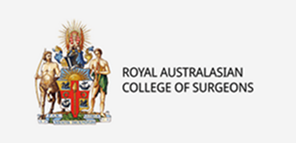- 0401 792 644

- 0401 792 644

Most men have a small amount of breast tissue behind the nipple. In some cases, this tissue can enlarge, leading to a condition known as gynaecomastia. This may be tender or cause cosmetic concern.
Gynaecomastia can result from a variety of causes, and it is essential to exclude male breast cancer, which, though rare, must be ruled out. Evaluation typically involves a clinical examination and imaging such as an ultrasound or mammogram. If a suspicious lump is found, a core needle biopsy under local anaesthetic may be recommended.
In many cases, no treatment is needed once the underlying cause is identified and addressed. Medications may be used to manage tenderness. In some cases, the swelling resolves over time, particularly when alcohol intake is reduced or causative medications are discontinued.
If gynaecomastia persists or causes significant cosmetic concern, surgery may be offered. Surgical techniques include:
The surgical approach depends on the size and location of the tissue, skin laxity, and cosmetic goals. Dr Noushi will recommend the most appropriate method following clinical assessment.
Gynaecomastia surgery is typically performed as day surgery. A compression garment may be provided to reduce swelling and help shape the chest. Mild to moderate pain is common and managed with oral pain relief. Most patients can resume normal daily activities within a few days, although strenuous activity involving the chest should be avoided for 2–3 weeks. Scars are usually placed around the nipple or chest crease for optimal healing.
As with any surgery, there are risks. Serious complications are rare, but possible issues include:
General surgical risks include infection, bleeding, seroma (fluid accumulation), wound healing issues, anaesthetic reactions (e.g., nausea), venous thrombosis
Specific risks of gynaecomastia surgery include:



